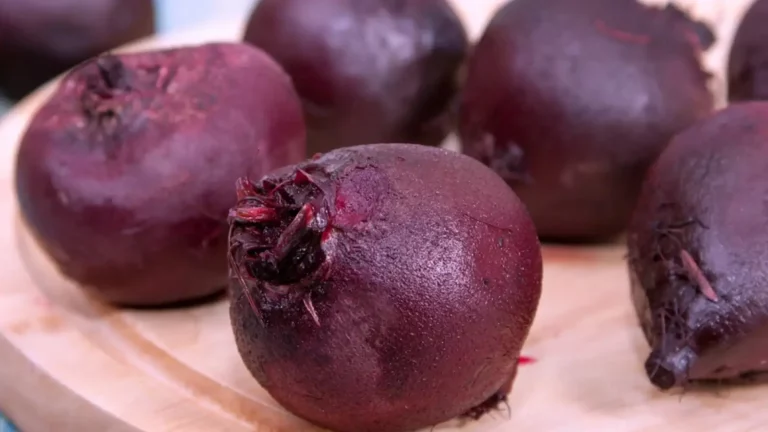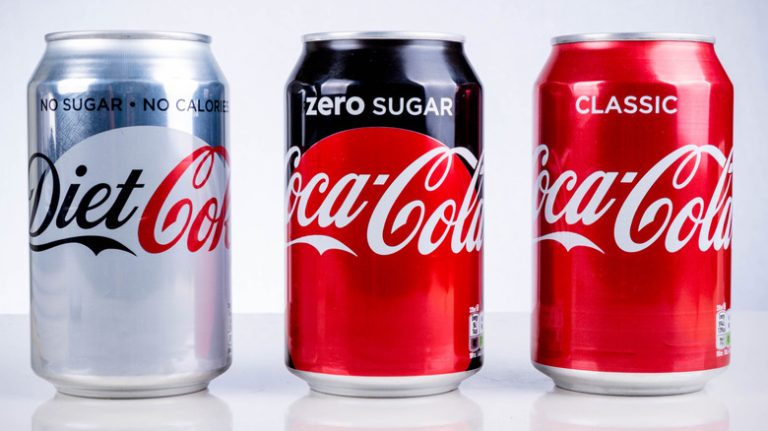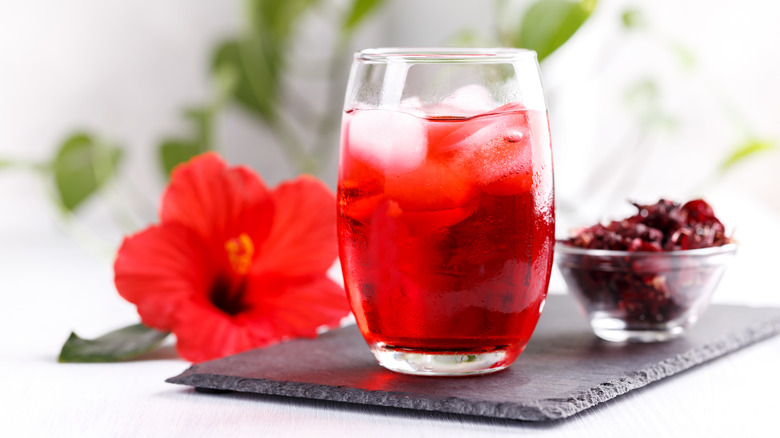
Cranberry juice has long been known for its ability to prevent urinary tract infections (UTIs), though it does not treat them. WebMD highlights that the beverage can inhibit the growth of bacteria causing UTIs within just 8 hours. A study by the American Chemical Society in Boston found that active compounds in cranberry juice can reach the urinary tract and begin combating bacteria.
Given cranberry juice’s benefits for the urinary tract, it’s understandable why some might believe it could aid in pH balance, menstrual cramps, and other aspects of vaginal health. Although concentrated cranberry juice (as opposed to sugary varieties) might theoretically assist with pH balance—a point supported by Black Health Matters and Virtuosa Gyn—there is no evidence that it alleviates menstruation-related symptoms, according to ZocDoc. While cranberry juice may not ease menstrual pains, several natural remedies can provide relief.
Natural remedies for menstrual cramps
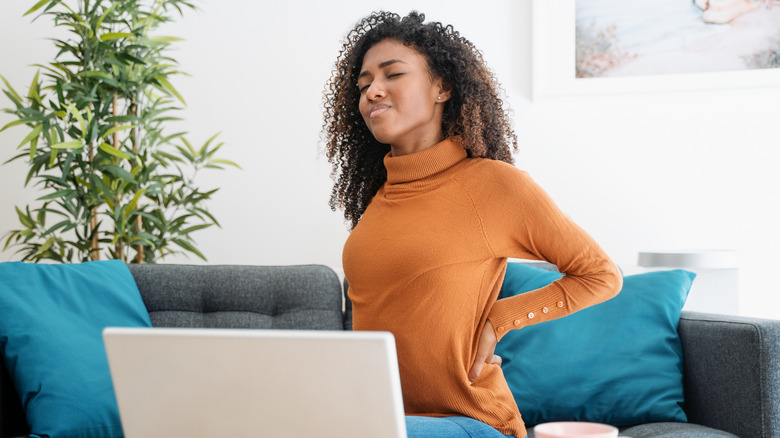
Medically referred to as dysmenorrhea, menstrual cramps describe the abdominal pain experienced before or during a period, especially in the lower abdomen, according to the Mayo Clinic. Conditions like endometriosis and uterine fibroids can exacerbate these cramps, and the pain may extend to the lower back and thighs.
A heating pad or hot towel can offer significant relief for menstrual cramps, based on a small meta-analysis by Scientific Reports. Additionally, Healthline suggests massaging the abdomen with essential oils such as lavender, cinnamon, or oil blends. To avoid adverse reactions, it’s advisable to apply these oils to a small skin area initially and wait a day to check for irritation. Ensure the use of pure essential oils for effectiveness. Maintaining a healthy diet and exercise regimen are also effective natural remedies for cramping. A study by Electronic Physician indicated that these factors, combined with stress reduction, played a vital role in lessening period pain.
Natural remedies for heavy periods
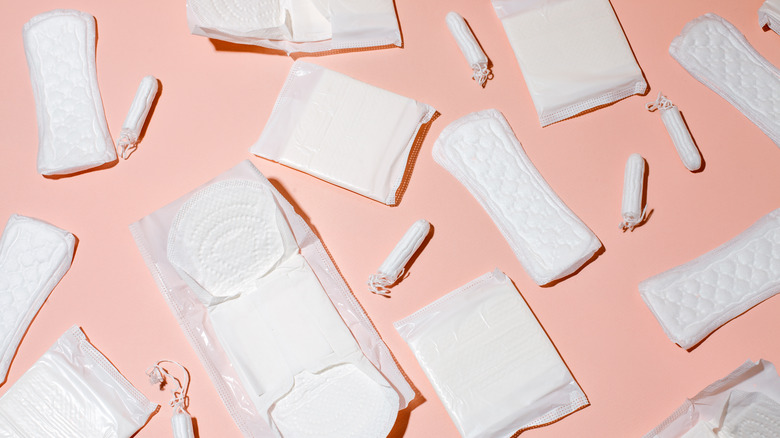
Medical News Today describes heavy periods as excessive bleeding or menstruation lasting more than seven days. Known medically as menorrhagia, symptoms can include large blood clots, the need to change pads or tampons hourly, fatigue, anemia, and severe cramping.
Fortunately, increasing the intake of iron-rich foods and vitamin C throughout the month can help manage heavy periods or lessen their impact, according to Health Partners. Recommended foods include meat, seafood, beans, nuts, seeds, leafy green vegetables, oranges, bell peppers, and broccoli. These foods help the body absorb or restore iron, preventing iron deficiency anemia. Healthline also notes that staying hydrated can be beneficial, as heavy periods can lead to reduced blood volume. Drinking an additional 4 to 6 cups of water, potentially with electrolytes to balance fluid intake, may be advantageous.



